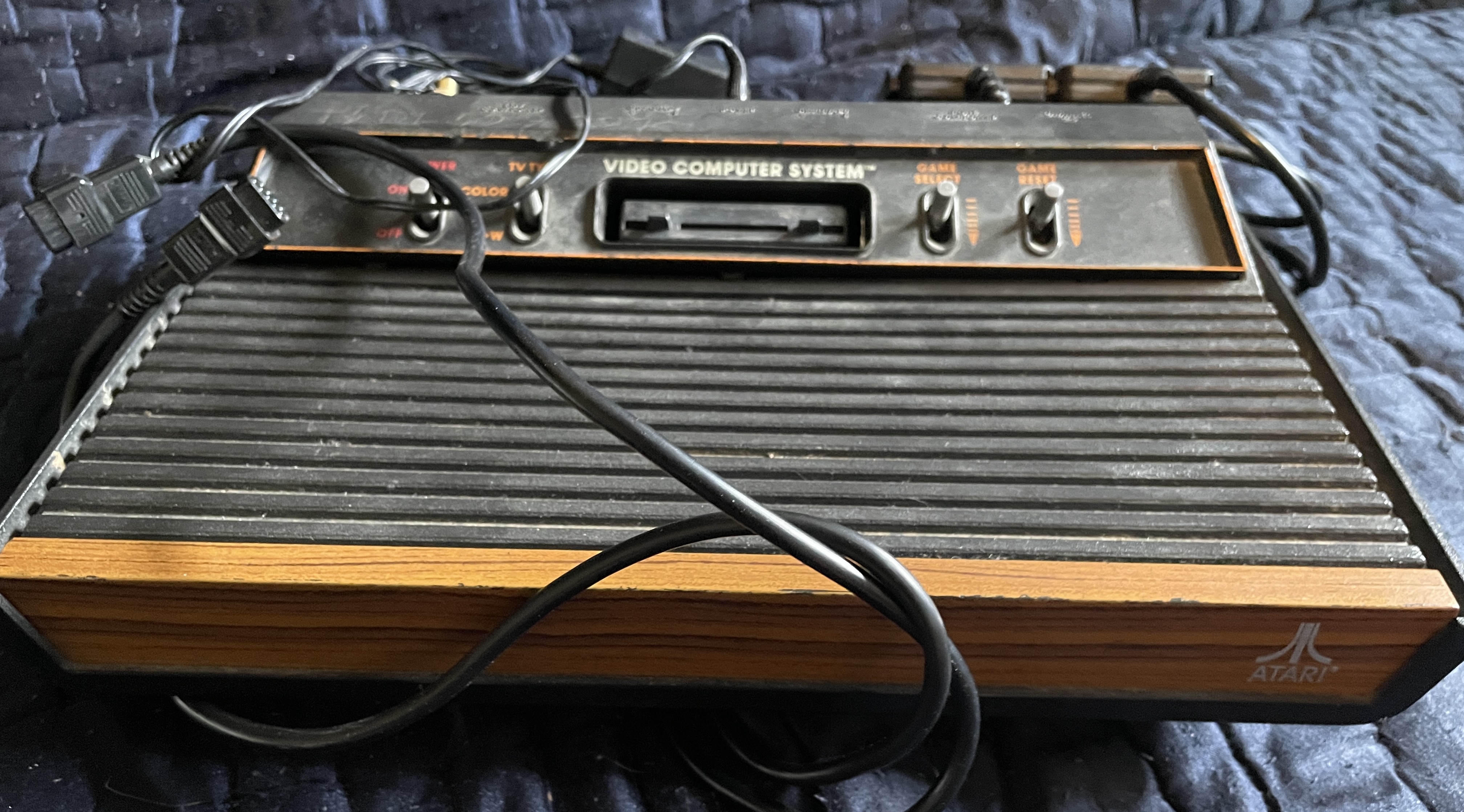 The Atari 2600 (also known as Atari VCS, or “Video Computer System”), first released in 1977, was extremely popular and sold over 30 million units worldwide. The quality of the games made for Atari 2600 varied wildly– At its worst, it was a platform for inferior home-versions of popular arcade games. At its best, it was a space for experimenting with new kinds of play styles, working within hardware constraints, and engaging with a wide audience.
The Atari 2600 (also known as Atari VCS, or “Video Computer System”), first released in 1977, was extremely popular and sold over 30 million units worldwide. The quality of the games made for Atari 2600 varied wildly– At its worst, it was a platform for inferior home-versions of popular arcade games. At its best, it was a space for experimenting with new kinds of play styles, working within hardware constraints, and engaging with a wide audience.
By the early 1980s, the home video game industry in North America experienced a sharp decline, after the collapse of Atari. During this period, consumer electronics in the west shifted their design and marketing focus. Home computers were promoted as essential tools for education and home finance, rebranding computing devices as household information appliances. In Japan however, the game console market survived this downturn— Nintendo Inc’s “Family Computer” (Famicom) console was a surprise success following its 1983 release.
Only a thoughtless observer can deny that correspondences come into play between the world of modern technology and the archaic symbol-world of mythology. Of course, initially the technologically new seems nothing more than that. But in the very next childhood memory, its traits are already altered. Every childhood achieves something great and irreplaceable for humanity. By the interest it takes in technological phenomena, by the curiosity it displays before any sort of invention or machinery, every childhood binds the accomplishments of technology to the old worlds of symbol. There is nothing in the realm of nature that from the outset would be exempt from such a bond. Only, it takes form not in the aura of novelty but in the aura of the habitual. In memory, childhood, and dream.
(missing reference)